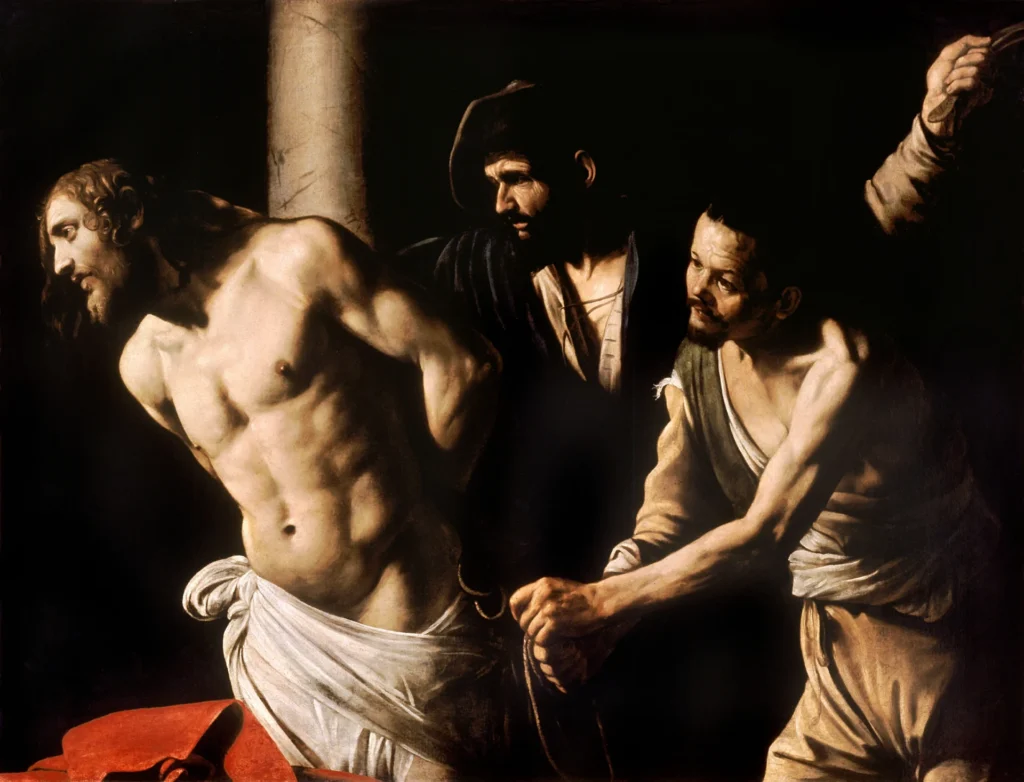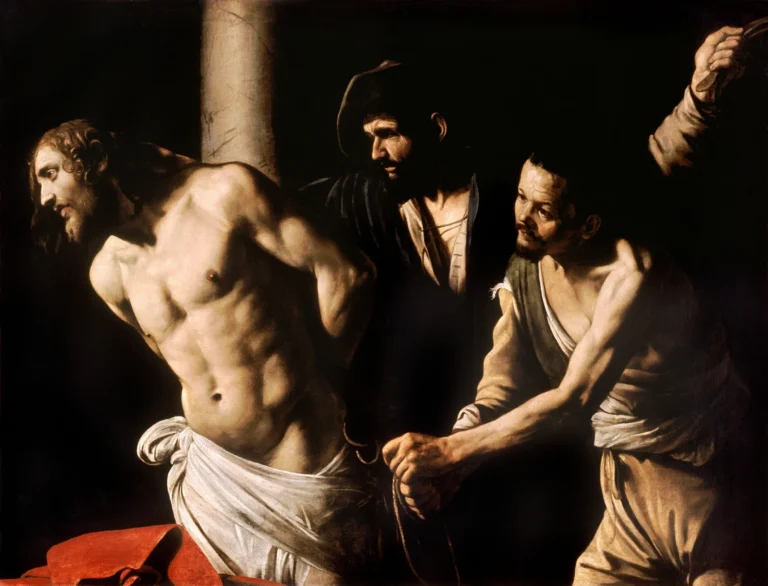Christ at the Column (circa 1607)
Painted around 1606-1607, Christ at the Column is a stunning representation of the flagellation of Christ, showing the emotional intensity of the moment with striking realism. Caravaggio's use of tenebrism highlights Christ's physical suffering, while the contrasting expressions of the soldiers deepen the narrative. This artwork reflects the artist's style and his influence during a tumultuous time in his life while also heralding a new movement in Baroque art.
1606-1607
About the Artwork
Christ at the Column was created during a turbulent period for Caravaggio, shortly after he moved to Naples. The painting captures the moment of Jesus' flagellation, showcasing the artist's distinctive approach to lighting and anatomy. This work quickly became a focal point in Naples, elevating Caravaggio to prominence and inspiring a generation of followers known as the Caravaggisti. The emotional depth and realistic portrayal invite viewers to reflect on the themes of suffering and redemption, leaving a lasting legacy in the realm of religious art.
Did You Know
Christ at the Column signifies a pivotal moment in Caravaggio’s life, created just after he fled Rome due to a murder charge. It showcases his artistic evolution towards a more emotional and realistic style, which mirrored his tumultuous personal life during that period.
This artwork not only reinforced Caravaggio’s reputation in Naples but also influenced an entire generation of artists, known as the Caravaggisti, who emulated his techniques of dramatic lighting and realistic portrayal of human emotion in religious themes.
The column in the painting has been interpreted as a symbol of stability amidst chaos, juxtaposing Jesus’ suffering against a backdrop of a solid structure. This represents not only physical confinement but also the weight of human sin that he bears, adding a layer of depth to the artwork.










